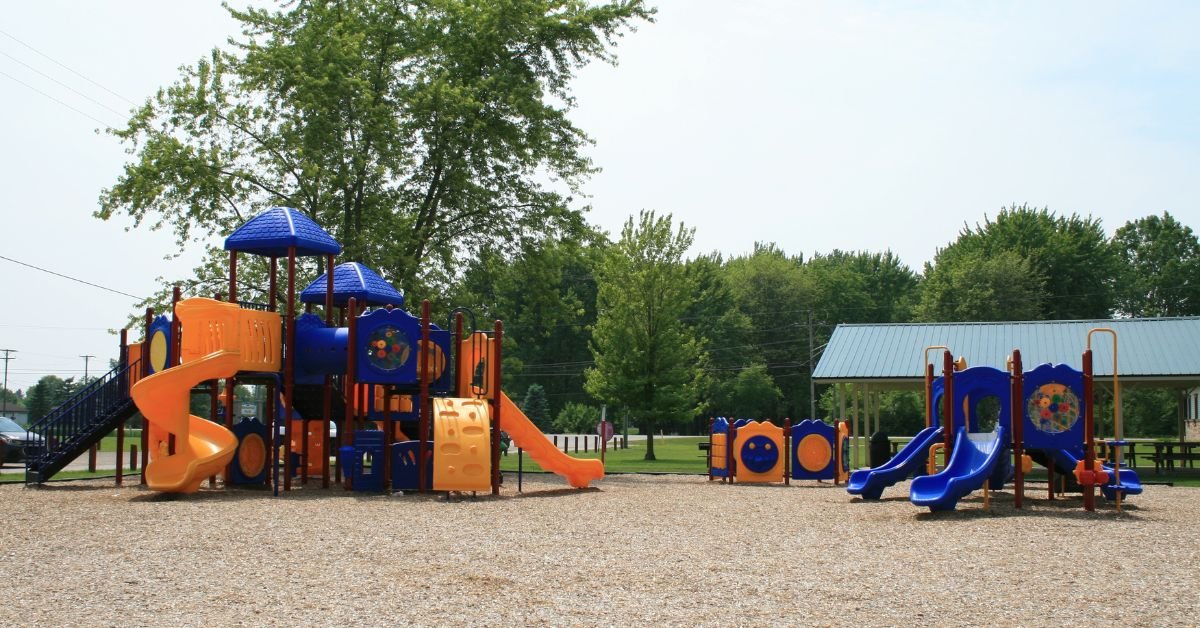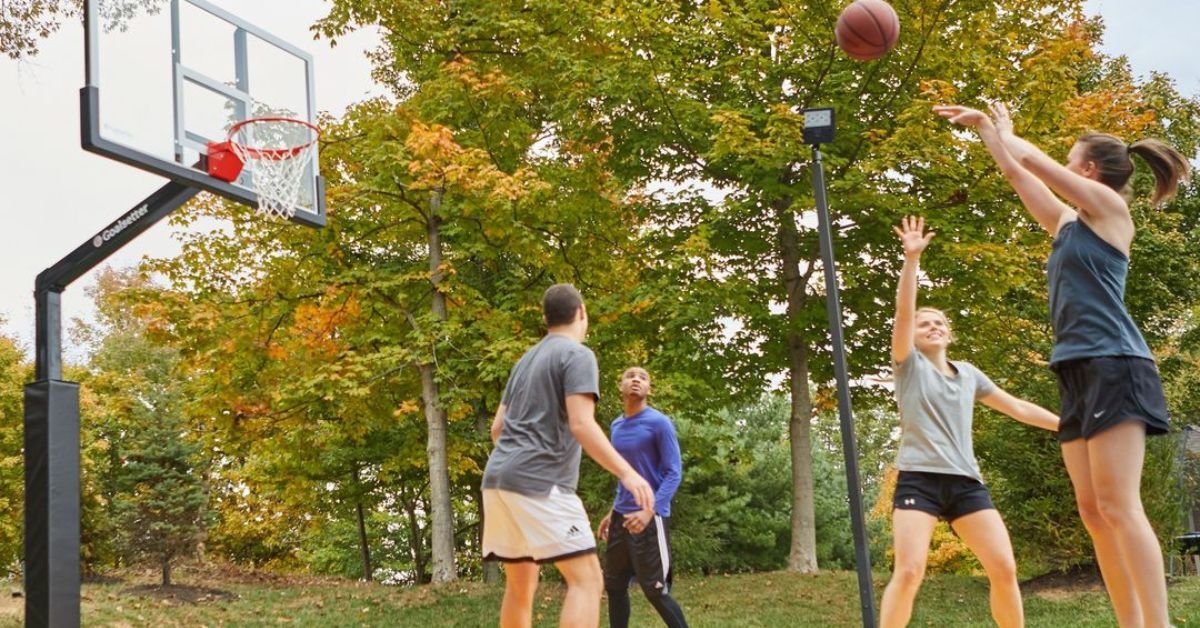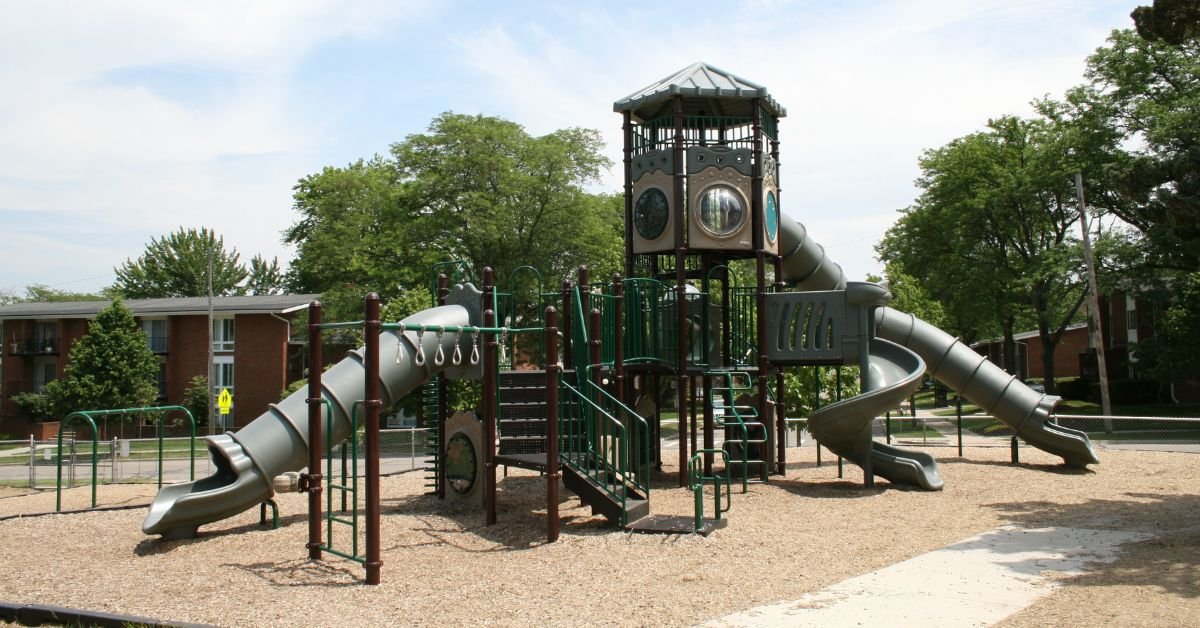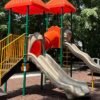
9 Tips for Designing a Public Park That’s Fun for All Ages
Designing a public park that caters to individuals of all ages can be a rewarding challenge for the community. A well-designed park serves as a hub for outdoor activities, social interactions, and relaxation, fostering a sense of community while encouraging active lifestyles.
From toddlers to seniors, creating a space that everyone can enjoy requires thoughtful planning, creative ideas, and a commitment to inclusivity, making sure that there is something for everyone to enjoy. Before committing to any plan, consider some key tips for designing a public park that’s fun for all ages, something that will meet the needs of diverse groups.
Prioritize Accessibility and Inclusivity
The foundation of a public park that caters to all ages begins with accessibility. Ensure that the park design complies with ADA (Americans with Disabilities Act) guidelines to accommodate individuals with mobility challenges. Install wide, smooth pathways for strollers, wheelchairs, and individuals with limited mobility. Consider ramps, seating with armrests, and shaded rest areas throughout the park to provide comfort for everyone, especially seniors and visitors with disabilities.
Inclusivity is equally important when designing a public park. Create areas where everyone feels welcome and included. Look into play equipment that provides sensory stimulation for children with special needs, such as textured surfaces, musical features, and swings with harnesses.
Create a Variety of Play Spaces for Different Age Groups
Public parks are often synonymous with play, but children’s needs evolve as they grow. To accommodate various age groups, divide play areas into sections tailored to different developmental stages. For instance:
- Toddler Area: Include safe, low-to-ground equipment such as small slides, wobbly bridges, and sandboxes for young children to explore.
- Kids’ Zone (5-12 years): Provide climbing structures, monkey bars, zip lines, and interactive play areas that encourage physical activity and creativity.
- Teen-Friendly Amenities: Design spaces for activities teens enjoy, such as skate parks, sports courts, or obstacle courses.
Additionally, complement play areas with shaded seating for parents and caregivers to supervise comfortably.
Integrate Nature into the Design
A public park should promote relaxation and mindfulness through its natural environment. Incorporate native trees, shrubs, and flowering plants to create a green oasis that blends seamlessly with the local ecosystem. Natural elements such as rocks, logs, and water features can double as playful elements for children while enhancing the park’s aesthetic appeal.
Community gardens are another excellent addition to a commercial playground, offering interactive opportunities for visitors of all ages to connect with nature. They provide a space for education about sustainability and allow individuals to grow their own fruits, vegetables, or flowers. Public gardens can also serve to bring the community closer together, giving the park an identity of its own that anyone can participate in.

Add Spaces for Physical Activity
For a park to be fun and engaging for all ages, it should encourage physical activity for visitors beyond just play areas. Consider the following options:
- Walking and Jogging Paths: Design scenic trails that wind through the park, featuring ample shade and benches for resting.
- Exercise Equipment: Install outdoor fitness stations with equipment for stretching, strength-building, and cardio exercises, allowing adults and seniors to maintain healthy routines.
- Open Fields: Provide open grassy areas where people can partake in activities such as yoga, frisbee, or simply relaxing with friends and family.
Basketball Courts for Social Connection and Fitness
Basketball courts are a highly versatile and valuable feature in public parks. They provide a fun, engaging space where individuals of all skill levels can come together to play. Beyond the usual teen and adult players, basketball is often enjoyed by younger children learning the game and even older adults seeking light exercise and friendly competition.
When including basketball courts, ensure they are built with durable materials and marked with clear boundaries. Invest in quality equipment, such as goalsetter hoops, for a safe and high-quality basketball experience. Proper lighting is crucial for extended evening use, and nearby seating or picnic tables are great for spectators or resting players. Consider incorporating half-courts for casual pickup games or full courts for community tournaments. Basketball courts also encourage inclusivity, as the game fosters teamwork and social interaction across different age groups and skill levels.
Foster Community with Gathering Spaces
One of the most significant roles of a public park is to bring people together. Dedicate areas for community gatherings, such as:
- Picnic Shelters and Barbecue Stations: Perfect for family reunions, birthday parties, or casual get-togethers.
- Amphitheaters and Performance Stages: Host live music, outdoor movies, or community theater under the stars.
- Pavilions and Gazebos: These sheltered spaces are great for smaller groups seeking a quiet spot to relax or enjoy a conversation.
Ensure these areas are versatile, well-maintained, and easy to access from different parts of the park. Incorporating thoughtful designs, such as electrical outlets for food trucks or lights for evening use, will make these gathering spaces even more functional.
Incorporate Amenities for Seniors
Seniors are a vital part of any community, and designing a park that meets their needs is essential. Build safe walking paths with even surfaces, minimal inclines, and railings where necessary. Include plenty of shaded seating areas with benches or chairs that offer lumbar support.
Beyond this, think about activities that appeal to older adults, such as bocce ball courts, pickleball, or tai chi zones. Installing chess tables or quiet garden areas for reading can also provide enjoyable, low-impact options.

Include Amenities for Comfort and Convenience
Convenience plays a crucial role in how people interact with a park. Add practical amenities that improve visitors’ experiences, such as:
- Well-maintained restrooms with baby-changing stations and accessible facilities.
- Drinking fountains suitable for adults, children, and pets.
- Ample trash and recycling bins to keep the park tidy.
- Bike racks, parking spaces, and clear signage for ease of navigation.
Host Community Engagement Events
Designing the park is only part of the equation; encourage its use by hosting events that appeal to your community. Organize sports tournaments, gardening workshops, movie nights, or fitness classes in collaboration with local businesses or organizations. Get the community involved and give them some ownership by polling residents to discover their interests and incorporate their feedback into the event planning process.
Have Something for Everyone
A public park is more than a recreational space; it’s a place to build connections, strengthen communities, and promote well-being. By focusing on accessibility, diverse activities, and inclusive design, you can create vibrant parks that serve everyone in the community.
Work with landscape architects, designers, and your residents to bring ideas to life. Keep these tips for designing a public park in mind and create something that is truly meaningful to the community.


